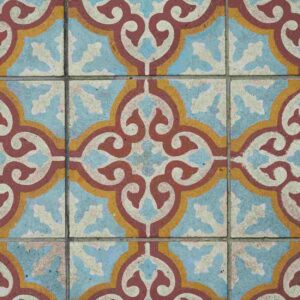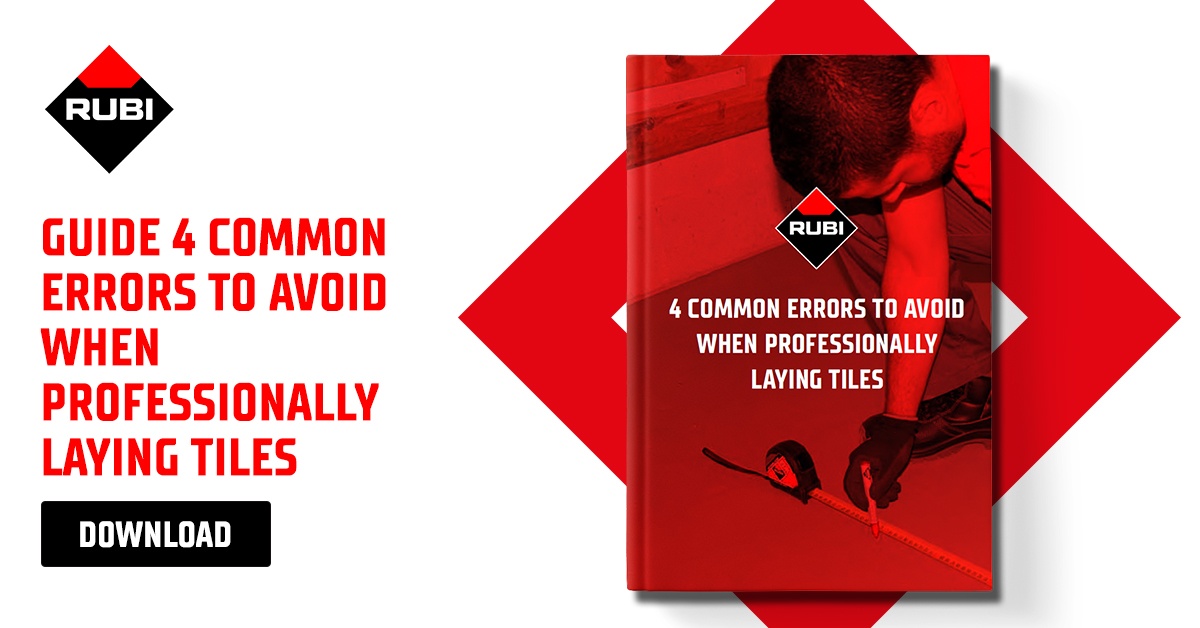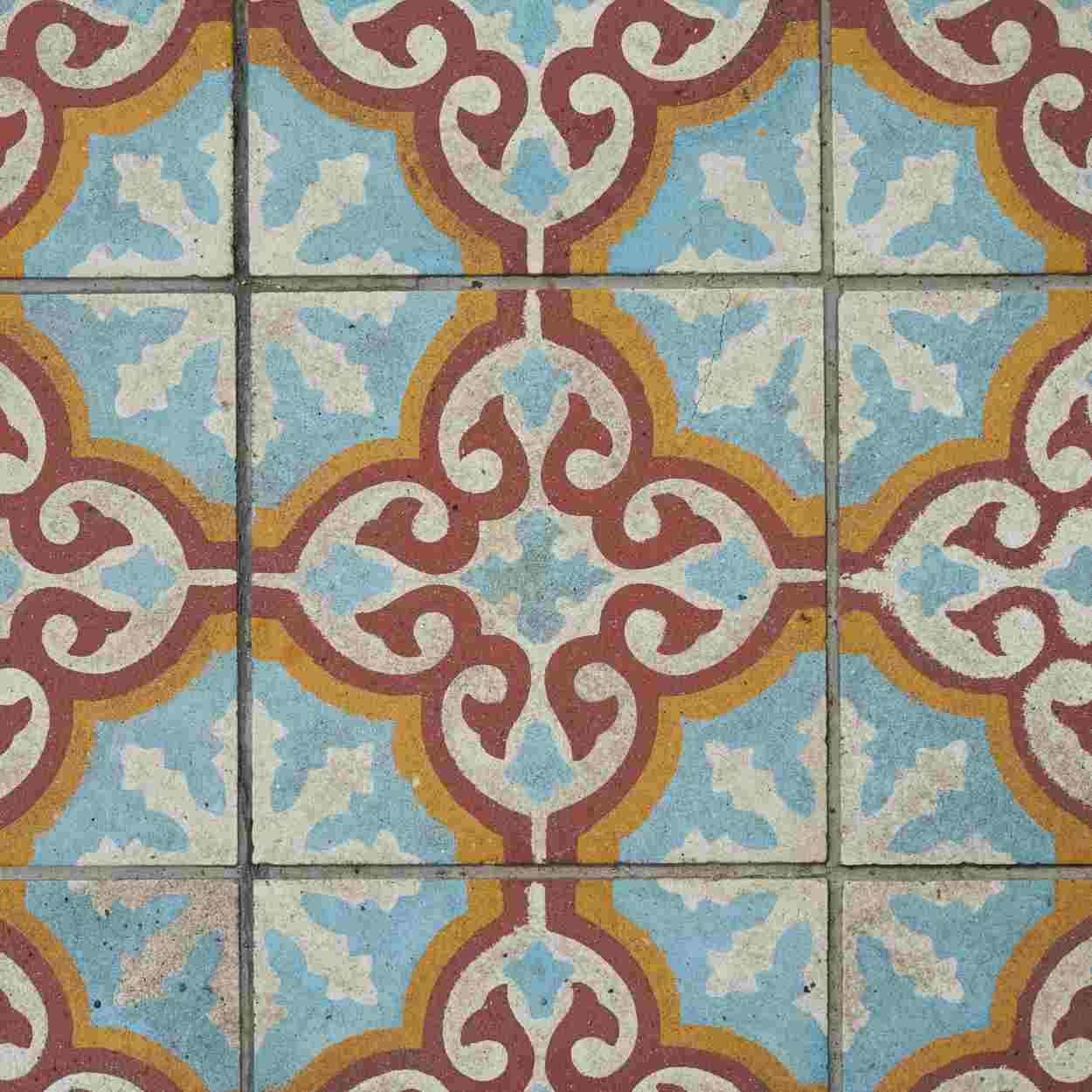Want to add a bold yet timeless statement to your interiors? Modern Arabic tile is the perfect fusion of heritage and contemporary style, offering intricate designs that captivate and inspire. This Arabesque tile or Moroccan-style tile adds a unique charm to any space. Additionally,
with its geometric elegance and vibrant patterns, this tile style can transform any space – from striking backsplashes to luxurious floors. So, the question is, how do you incorporate it seamlessly into your designs without overwhelming the aesthetic.
We can help. Read on to learn how Arabic tile can redefine your space.


The Evolution of Arabic Tile Design
Originating in the Middle East and North Africa, this intricate craft flourished between the 8th and 15th centuries, particularly in regions such as:
- Morocco
- Persia
- Andalusia
These traditional tiles were defined by their elaborate geometric patterns, arabesques, and calligraphic motifs, all carefully designed to reflect harmony, spirituality, and mathematical precision.
Over time, such tiles adorned the walls, floors, and ceilings of palaces, mosques, and courtyards, producing creating breathtaking visual compositions that have endured for centuries.
As architecture and design evolved, so did Arabic tilework. The 19th and 20th centuries saw the integration of these traditional patterns into global design movements, influencing:
- Art Nouveau
- Moorish Revival
- Mediterranean
However, with modernization came a shift toward more simplified forms. Today, these such tiles reinterpret the ornate beauty of the past with contemporary sensibilities.
Why Choose Arabic Tiles?
Whether you are looking to add a striking focal point or subtly incorporate geometric artistry, these tiles offer unparalleled versatility for modern interior design. From intricate handcrafted tiles to sleek, digitally printed porcelain, these tiles cater to various aesthetics while maintaining their distinctive charm.
One of the key reasons to choose interior design tiles is their ability to elevate the visual appeal of any space. The characteristic geometric patterns, arabesques, and ornamental motifs create depth and sophistication, making them ideal for:
- Feature walls
- Backsplashes
- Flooring
Modern interpretations offer a refined take on these classic designs, with muted color palettes, metallic finishes, and minimalist layouts that suit contemporary interiors. Whether used in a bold, dramatic statement or a more subtle, understated manner, ceramic Arabic tiles bring a sense of artistry and craftsmanship that is both luxurious and inviting.
How to Incorporate Arabic Tile into Modern Decorative Tile Ideas
Incorporating Arabic tile into modern decorative tile designs requires a thoughtful balance. One effective approach is to use them as statement walls or feature panels. A well-placed tile installation can transform an ordinary wall into a work of art, adding depth and texture to a space. A living room accent wall adorned with large-format Arabic tile can create a dramatic focal point. Choosing muted tones can modernize traditional patterns and help them blend seamlessly with contemporary furnishings and décor.
Kitchen backsplashes are another excellent application for Arabic tiles in modern interiors. A carefully curated backsplash using Moroccan-inspired patterns or geometric mosaics can introduce character and warmth to a minimalist kitchen.
To keep the look fresh and contemporary, opt for a monochrome or neutral palette. Or use contrasting grout to highlight the intricate tile design. Combining Arabic tiles with modern materials, such as:
- Sleek cabinetry
- Matte countertops
- Industrial lighting
Can create a sophisticated fusion of old and new. A mixed-tile backsplash, featuring a combination of plain and patterned Arabic tiles, can add visual interest without overwhelming the space.

Tips for Choosing the Right Tile for Your Project
Arabic tile design offers a seamless fusion of traditional craftsmanship with contemporary styles. Whether you prefer a minimalist or industrial interior, consider opting for monochrome or muted-tone Arabic tiles with simple geometric patterns to maintain a clean, modern look. Alternatively, for a more vibrant and authentic style, you can embrace:
- Rich blues
- Deep greens
- Terracotta hues
Inspired by Moroccan and Andalusian designs. Combining Arabic tiles with neutral materials like concrete, wood, or metal can create a sophisticated contrast, making the design both timeless and current.
These tiles are available in a variety of finishes, including:
- Matte
- Glossy
- Textured
- Metallic
In particular, a matte finish is ideal for floors, as it provides better slip resistance, while glossy or glazed finishes work well for walls and backsplashes, reflecting light to create a bright and airy effect.
Textured tiles, such as embossed ceramic or encaustic cement, add depth and a tactile quality to the design, enhancing the overall sensory experience. For those aiming for a luxurious aesthetic, tiles with metallic accents or high-gloss glazes can introduce a touch of opulence.
Before finalizing your choice, it’s essential to test tile samples under different lighting conditions. Keep in mind that natural and artificial lighting can significantly impact how colors and patterns appear.
This type of tile looks vibrant in daylight but may appear more subdued under warm indoor lighting, and vice versa. Glossy tiles tend to reflect more light, which can enhance a room’s brightness. Matte tiles absorb light, creating a softer, more understated look.
How to Work with Modern Arabic Tile
You want to make sure you’re installing your tile right the first time, so you don’t have to replace it constantly.
Before installation, dry laying the tiles is recommended to check for proper pattern continuity and to make any necessary adjustments. Using tools such as chalk lines or laser levels can help maintain straight lines and accurate alignment, especially for complex traditional tile patterns.
Understanding tile orientation is critical. Some motifs require specific rotations or tile placements to create the intended effect.
The choice of adhesive and installation technique varies depending on the tile material. Thin-set mortar is commonly used for:
- Ceramic
- Porcelain
- Zellige Tile
as it provides strong adhesion and flexibility. For cement tiles, a back-buttering technique is recommended to ensure maximum bonding.
Arabic Tile: Invest Today
There are numerous reasons Arabic tile might be a great choice for your next redesign. If you’re impressed, start exploring tile design inspiration and make a plan!
Are you looking for the right equipment for your project? At RUBI, we provide industry-leading manual and electric cutters, diamond blades, and installation solutions to ensure precision, efficiency, and creativity in every project. Whether you’re a professional tile installer or a designer seeking perfection, our tools empower you to bring your vision to life with ease.
Contact us today to learn more.



Post a comment